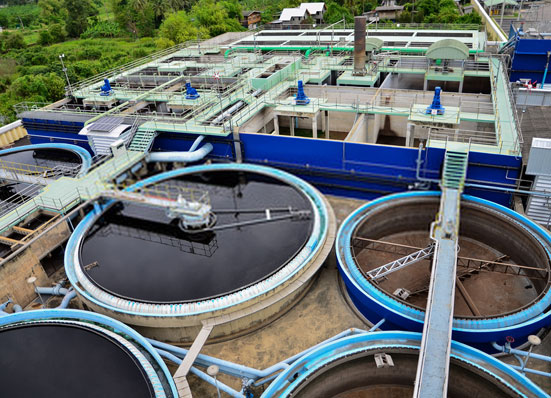Compact Sewage Wastewater Treatment Plant
Home /Compact Sewage Wastewater Treatment Plant
A compact sewage wastewater treatment plant, also known as a decentralized or small-scale sewage treatment plant, is a system designed to treat wastewater in a relatively smaller area or for a smaller community or facility. These compact plants are commonly used in areas where it may not be feasible to connect to a centralized sewage treatment system, such as rural areas, small towns, resorts, hotels, industrial sites, or remote locations. The primary goal of a compact sewage wastewater treatment plant is to treat and purify the wastewater to meet environmental standards before discharge or reuse. These plants typically incorporate various treatment processes to remove pollutants and contaminants from the wastewater. The specific treatment processes can vary depending on the size of the plant, the volume of wastewater to be treated, and the desired level of treatment.
Common treatment processes found in compact sewage wastewater treatment plants include:
Screening: The wastewater is passed through screens to remove large objects, debris, and solids. Sedimentation: Gravity settling tanks are used to allow heavier solids to settle at the bottom of the tank, forming sludge.
Biological Treatment: This process involves the use of microorganisms to break down organic matter in the wastewater. Common biological treatment methods include activated sludge, sequencing batch reactors (SBR), and rotating biological contactors (RBC). Filtration: Some compact plants use sand or other media filters to further remove suspended solids and fine particles from the water.
Disinfection: After the primary treatment, the water may undergo disinfection using chlorine, ultraviolet (UV) light, or other methods to kill harmful bacteria and pathogens.






